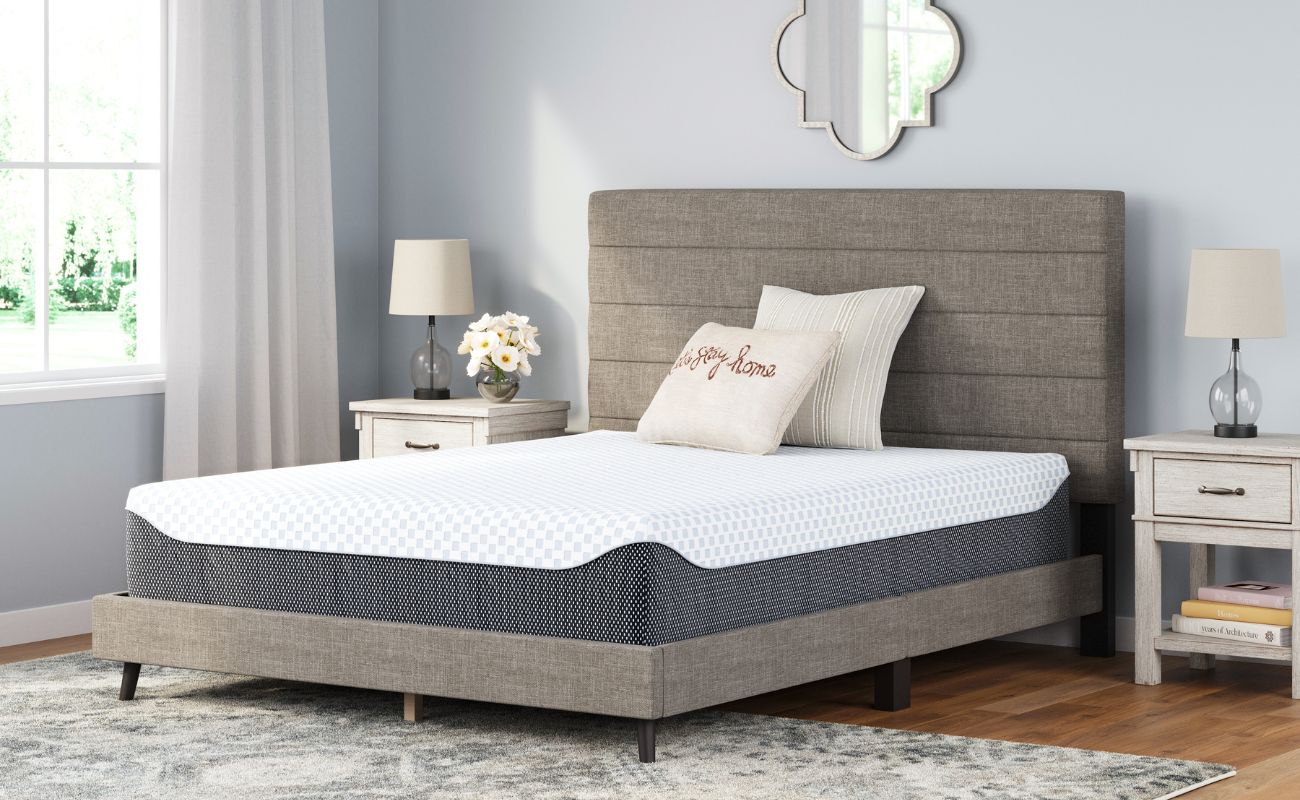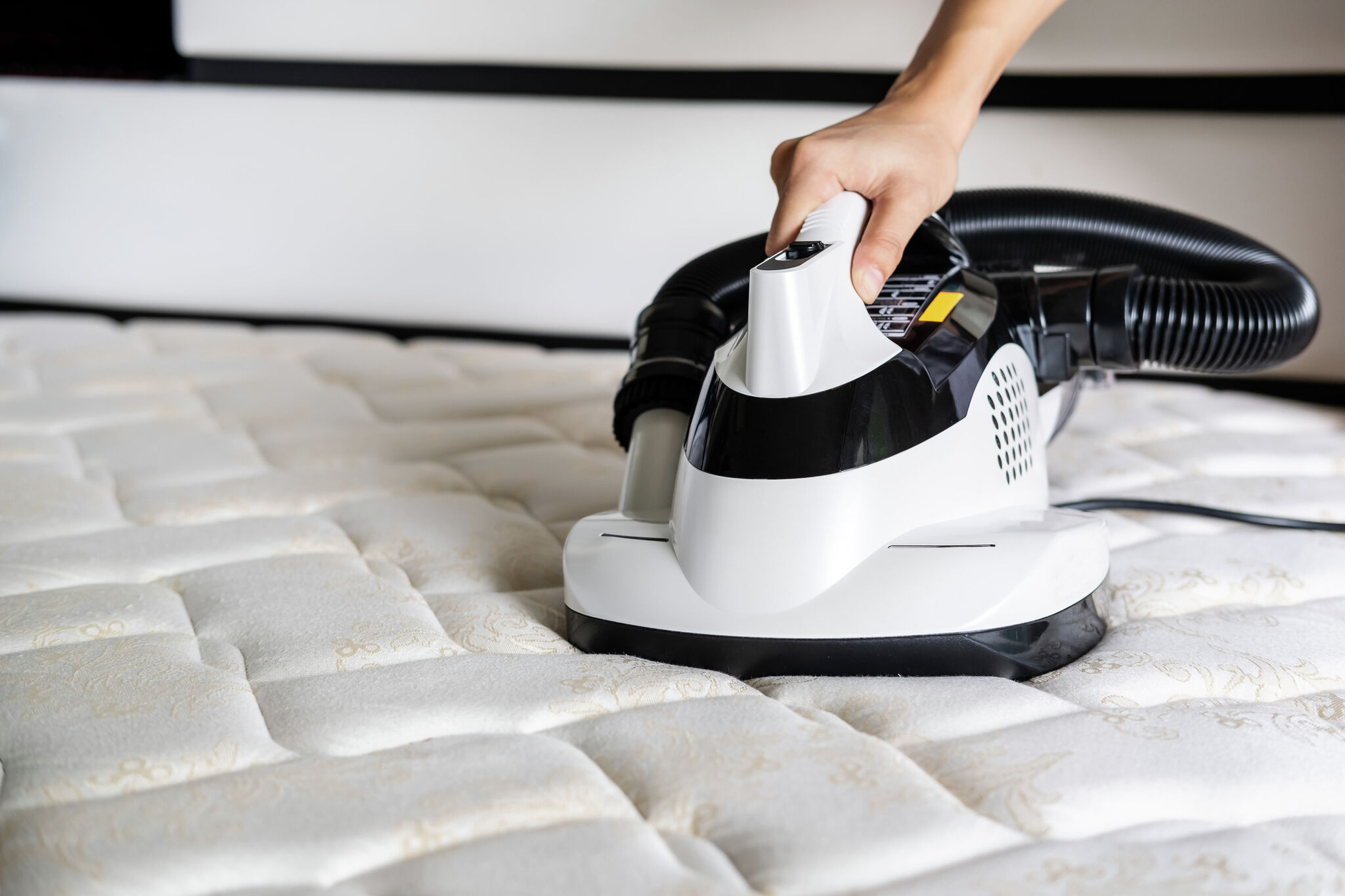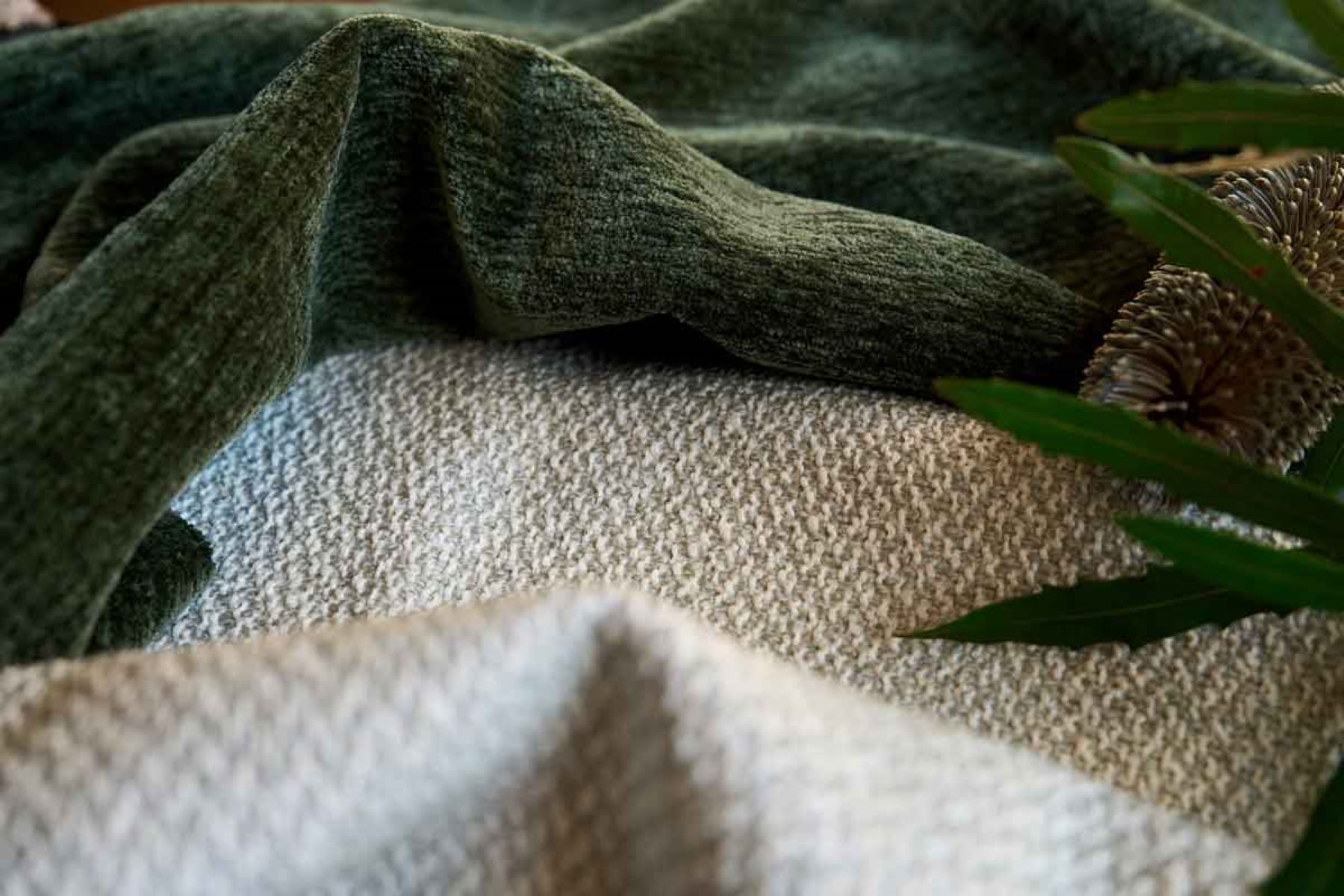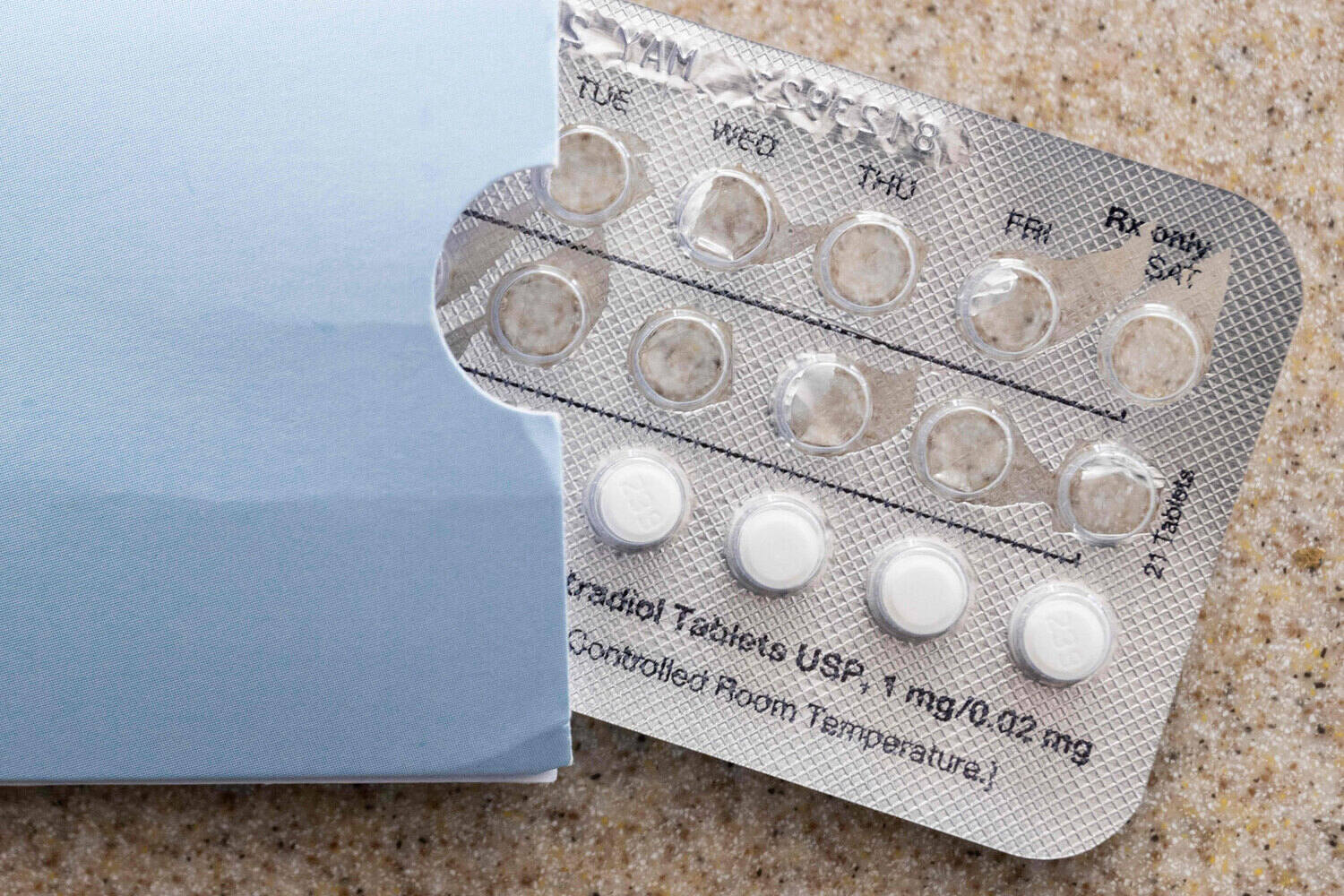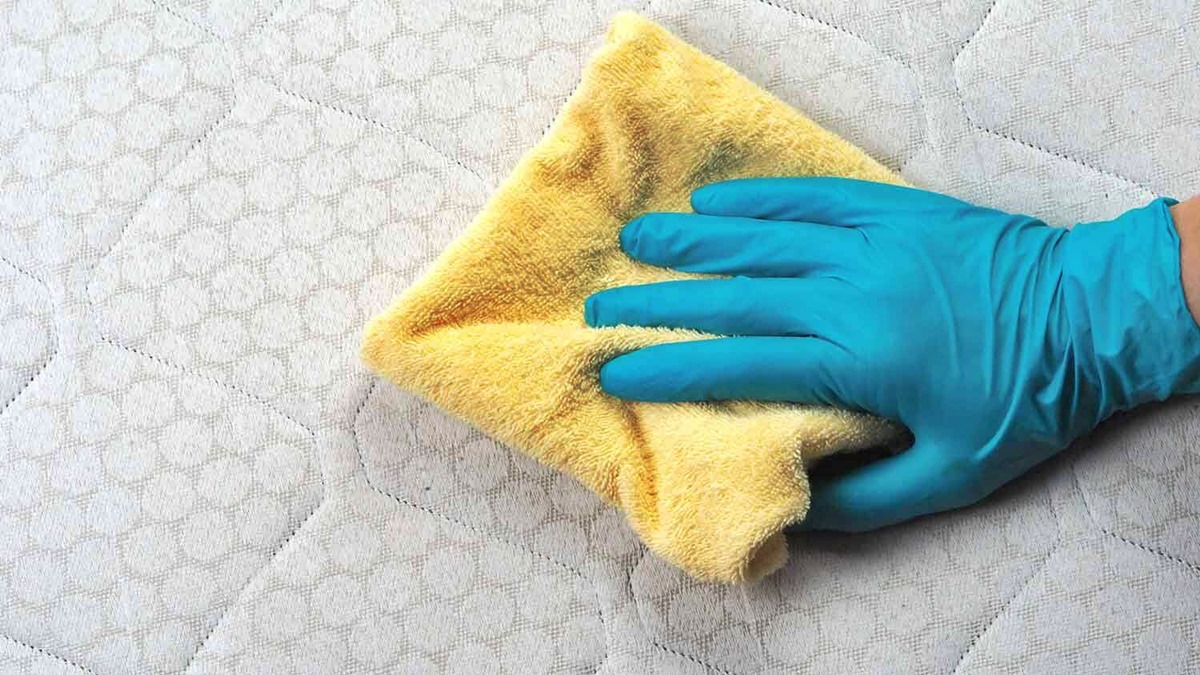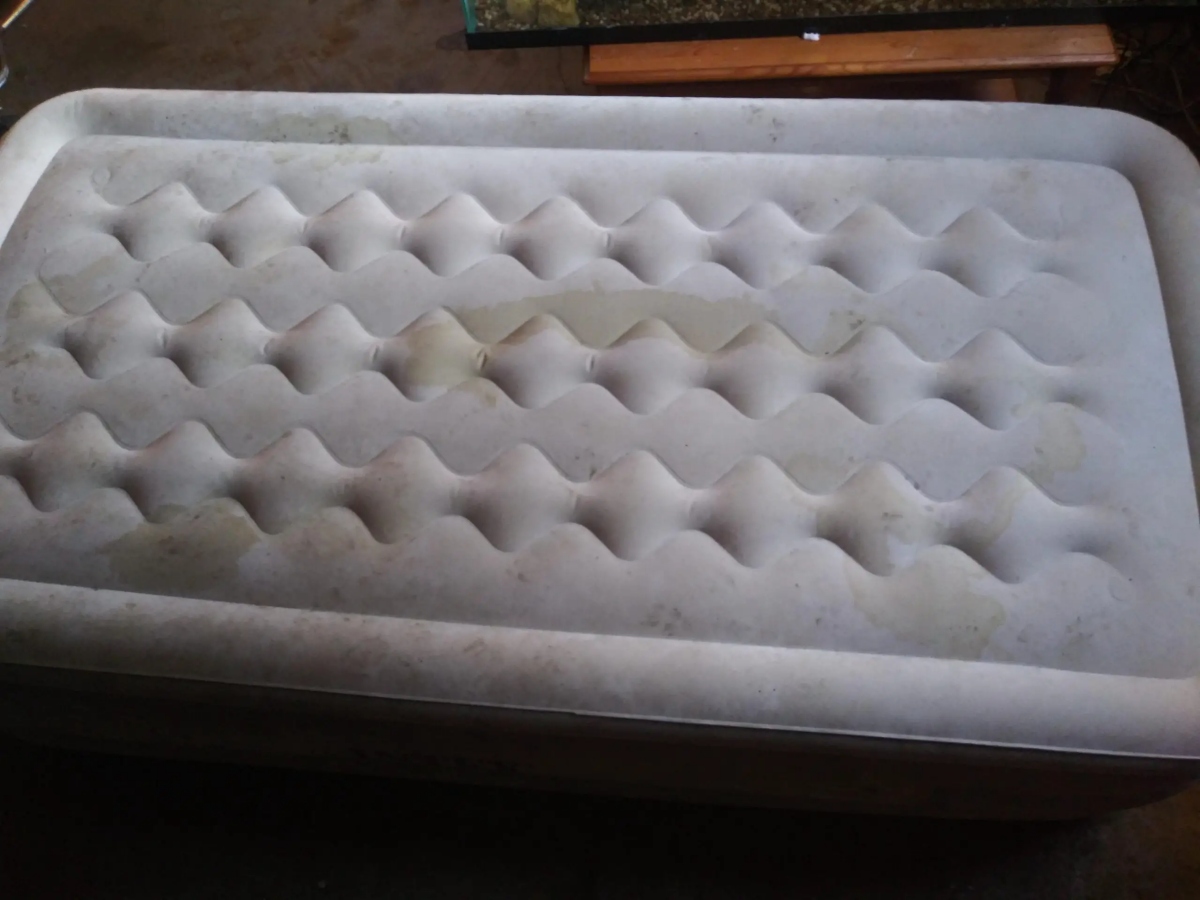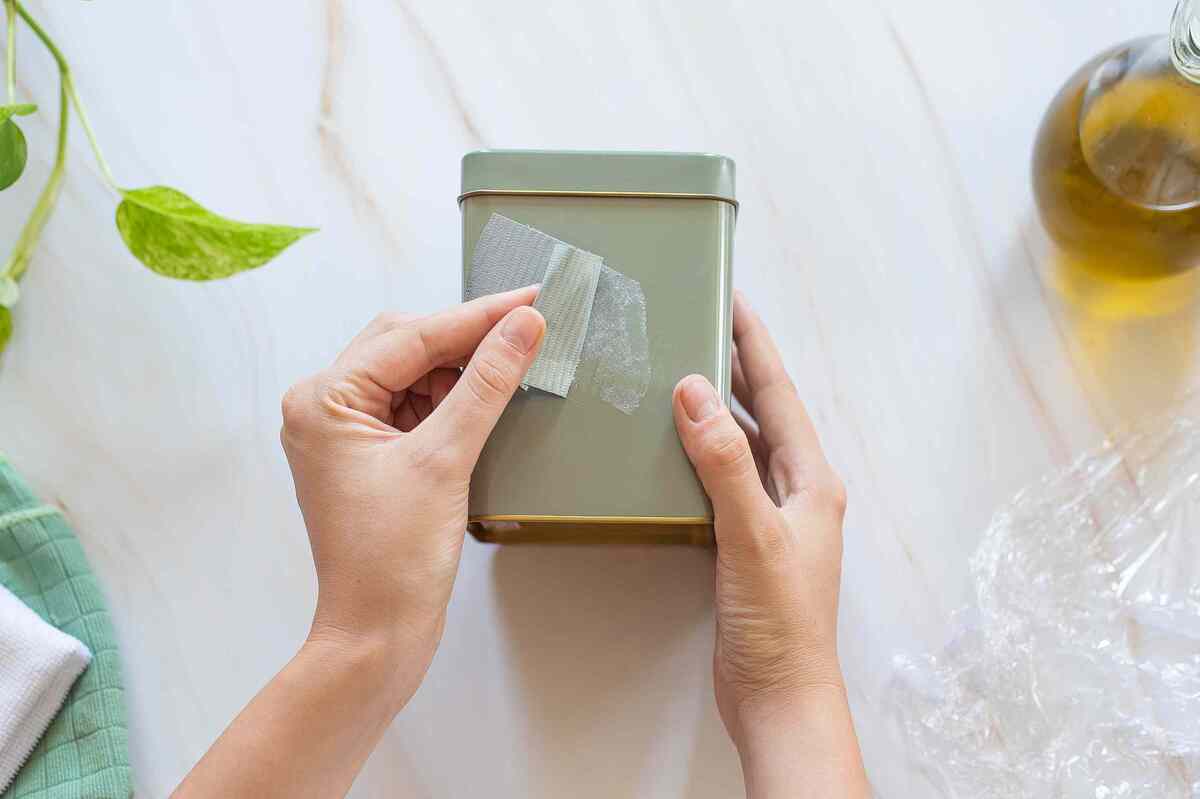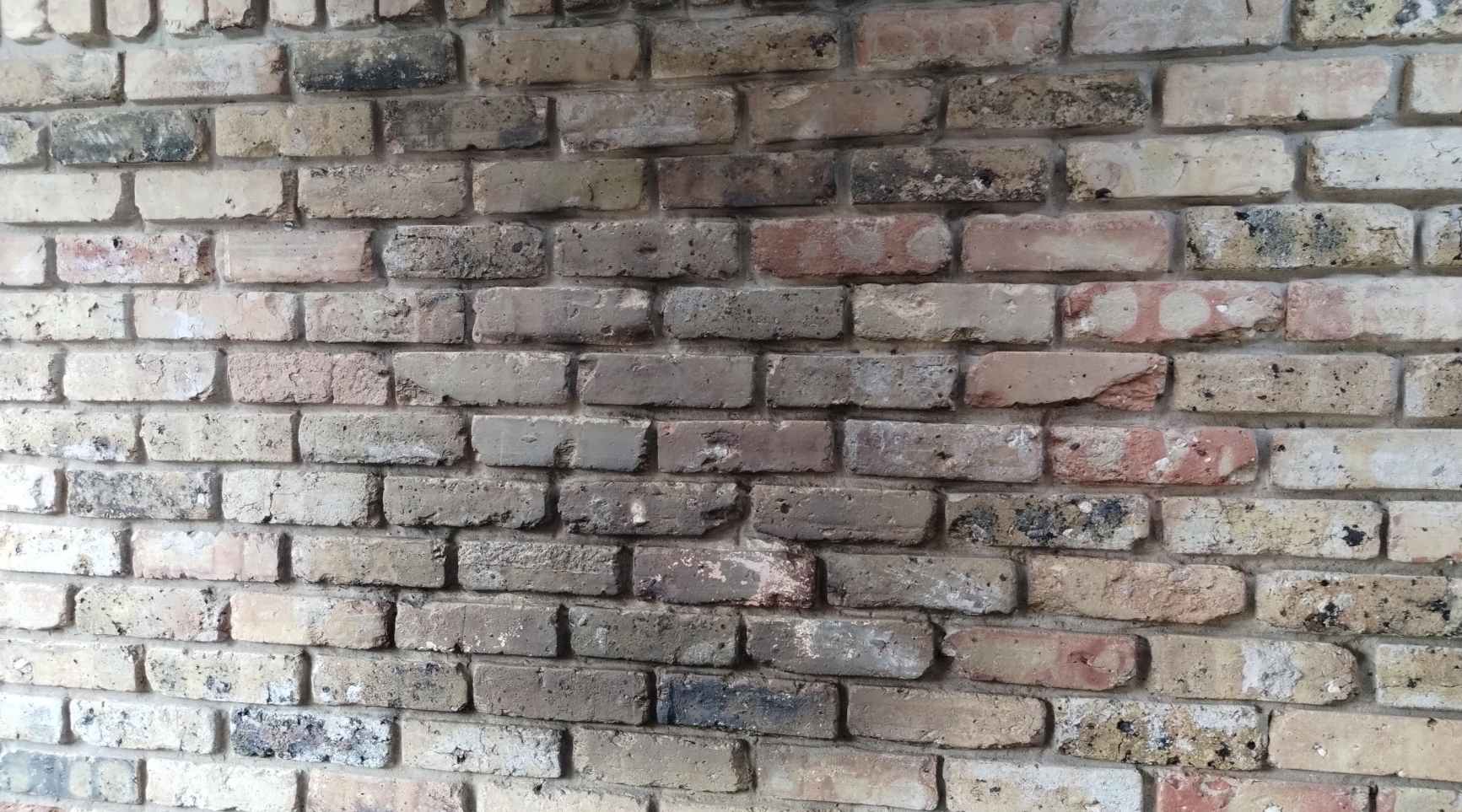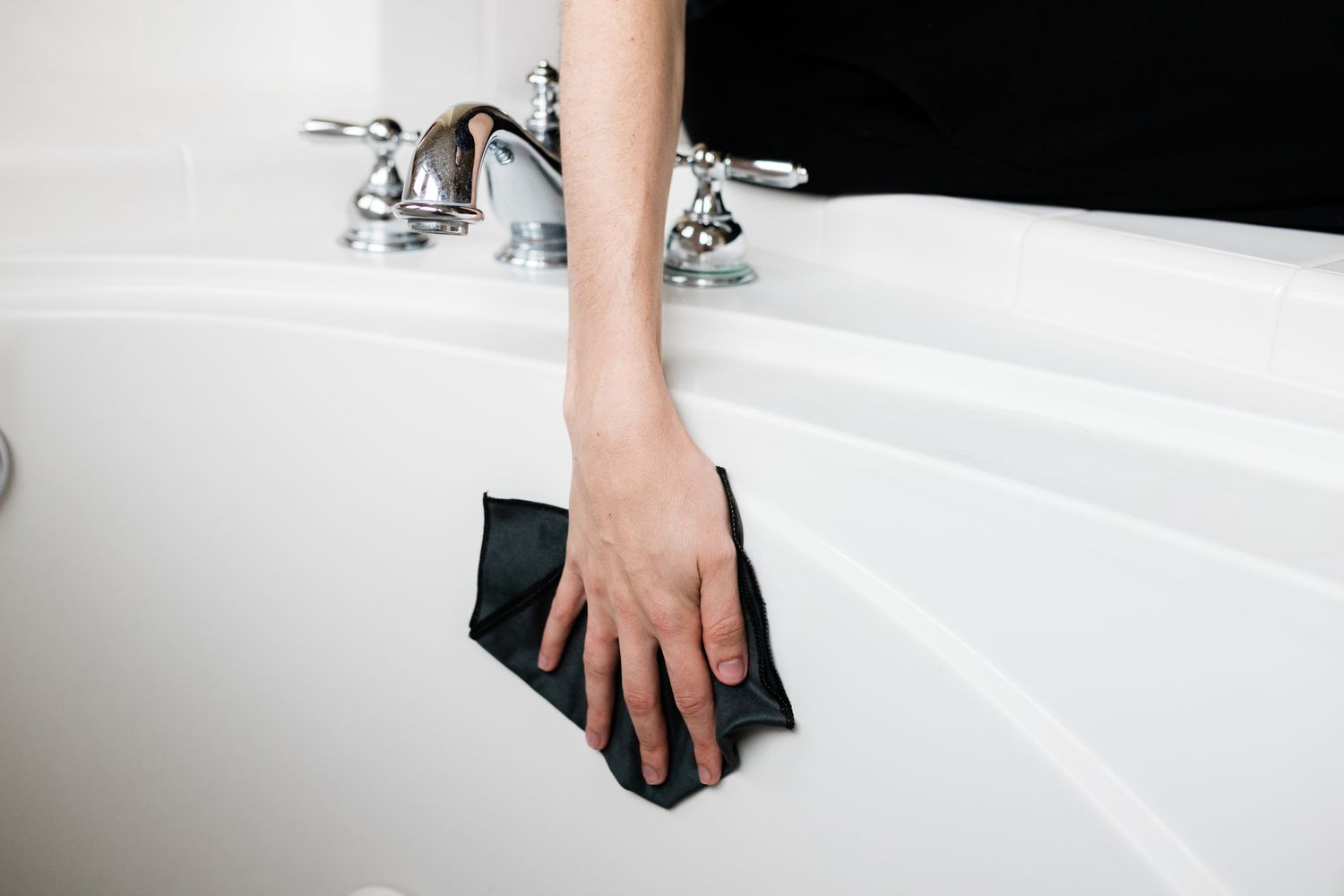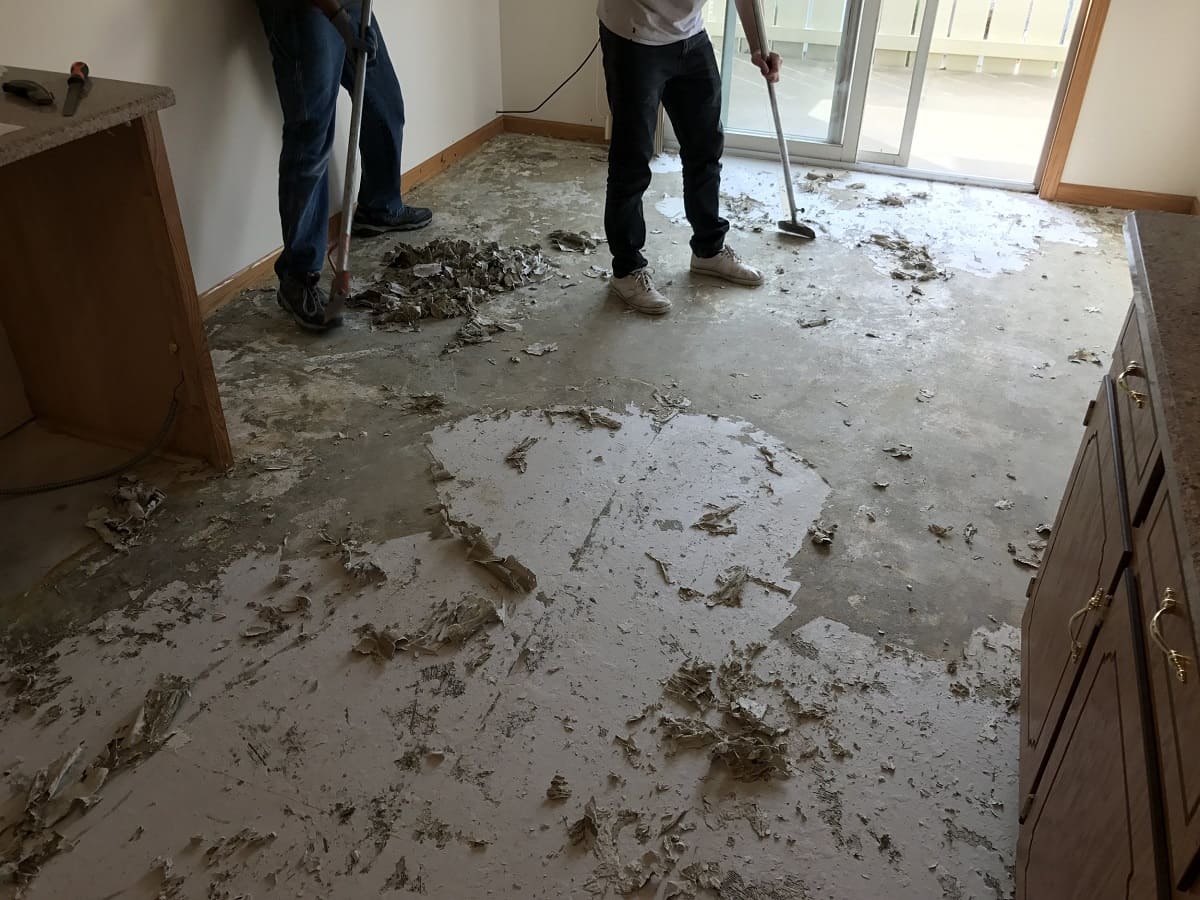Home>Furniture>Bedroom Furniture>How To Get Pilling Off A Mattress
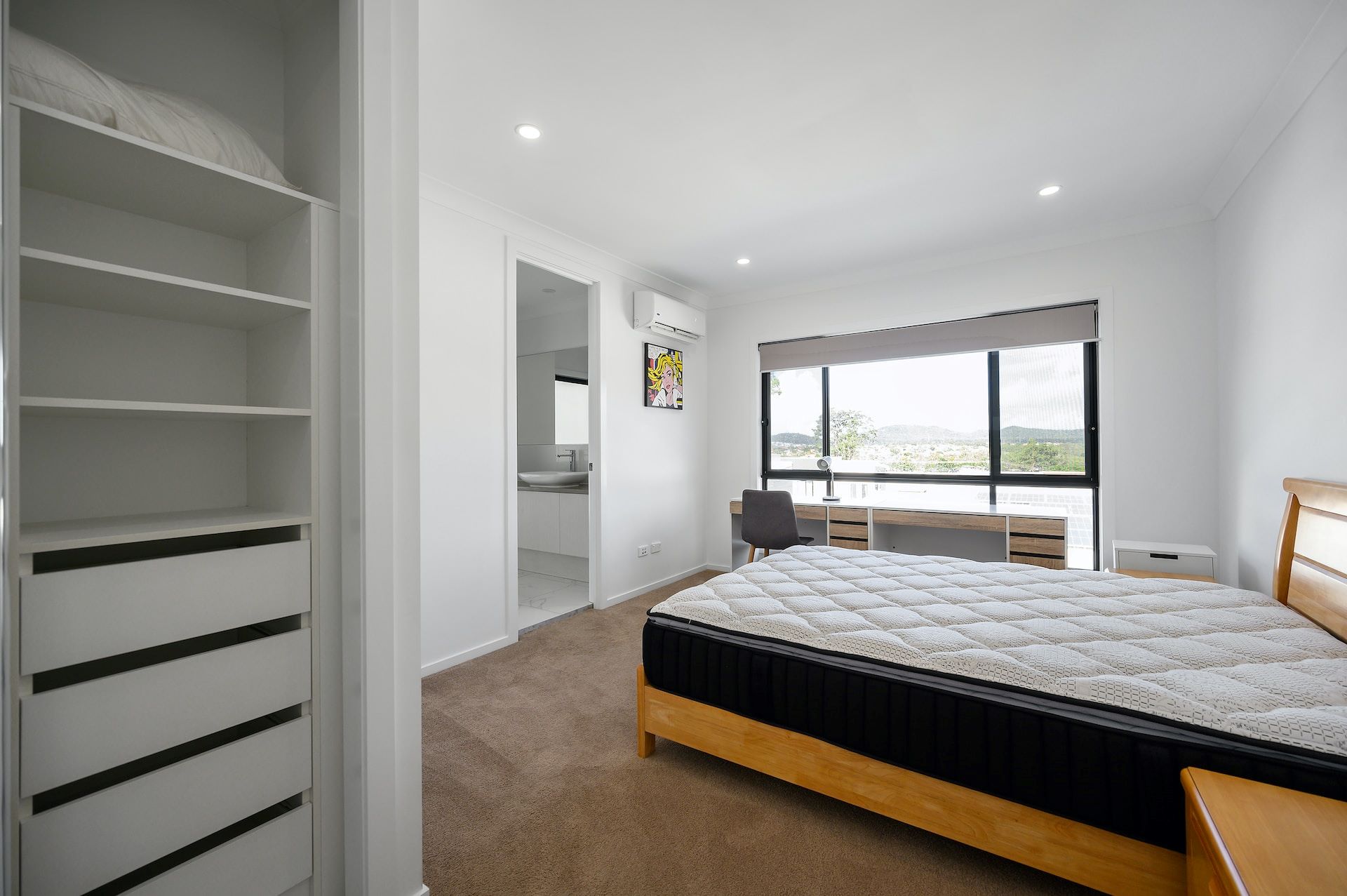

Bedroom Furniture
How To Get Pilling Off A Mattress
Modified: October 20, 2024
Learn effective ways to remove pilling from your mattress with our comprehensive guide on bedroom furniture care. Keep your bed looking fresh and comfortable.
(Many of the links in this article redirect to a specific reviewed product. Your purchase of these products through affiliate links helps to generate commission for Storables.com, at no extra cost. Learn more)
Introduction
Welcome to our comprehensive guide on how to get pilling off a mattress. Mattresses are an essential part of our daily lives, providing us with comfort and relaxation after a long day. However, over time, you may notice the formation of small fuzz balls or tabs on the surface of your mattress. These are called pills, and they can make your mattress look old and worn out.
Pilling is a common occurrence on mattresses, especially those made of fabric or have a quilted top layer. While it may not affect the overall functionality of your mattress, it can be unsightly and make it less appealing. Fortunately, removing pilling from your mattress is a simple process that you can do yourself, without the need for professional help.
In this guide, we will walk you through the step-by-step process of getting pilling off a mattress. We will cover everything from understanding pilling to the tools and supplies you’ll need for the task. So let’s dive in and make your mattress look and feel brand new!
Key Takeaways:
- Say goodbye to pilling on your mattress with simple DIY methods using tools like lint rollers and fabric shavers. Keep your mattress looking fresh and cozy for a good night’s sleep.
- Prevent future pilling by choosing the right bedding, washing it correctly, and using a mattress protector. Follow these tips to maintain a pill-free mattress for years to come.
Read more: How To Get Stains Off A Mattress
Understanding Pilling on a Mattress
Before we jump into the process of removing pilling from a mattress, it’s important to understand what pilling is and why it occurs. Pilling refers to the formation of small, tangled clusters of fibers on the surface of a material. This can happen when the fibers in the fabric of your mattress rub against each other or against other surfaces, causing them to tangle and create those pesky fuzz balls.
Several factors can contribute to the formation of pilling on a mattress, including the type of fabric used, the quality of construction, the frequency of use, and even the type of bedding you use. Mattresses made of natural fibers, such as cotton or wool, are more prone to pilling compared to those made of synthetic materials.
Pilling can also occur when fabrics come into contact with rough surfaces, such as textured sheets or clothing. Additionally, friction from tossing and turning during sleep can further exacerbate the pilling process.
While pilling is more of a cosmetic concern rather than a structural issue, it can still be bothersome and detract from the overall appearance of your mattress. Removing the pills not only improves the aesthetic appeal but also helps maintain the longevity of your mattress. By regularly getting rid of pilling, you can ensure that your mattress looks and feels fresh for years to come.
Now that we have a better understanding of what pilling is and why it occurs, let’s move on to the tools and supplies you’ll need to tackle this task effectively.
Tools and Supplies Needed
Before you begin the process of removing pilling from your mattress, it’s important to gather the necessary tools and supplies. Luckily, you won’t need any complicated or expensive equipment. Here’s a list of what you’ll need:
- Lint roller: A lint roller is an essential tool for gently removing pilling from your mattress. It consists of a roll of adhesive sheets that easily pick up the fuzz balls without damaging the fabric of your mattress.
- Fabric shaver: A fabric shaver is another handy tool designed specifically for removing pilling. It features rotating blades that safely cut and remove the pills from the surface of the fabric. Make sure to choose a fabric shaver with adjustable settings to prevent any damage to the mattress.
- Soft-bristle brush: A soft-bristle brush is useful for gently brushing away loose pilling. Opt for a brush with fine bristles that won’t be too harsh on the fabric.
- Vacuum cleaner: A vacuum cleaner with a brush attachment will help to remove any loose pilling and dust from your mattress. It’s important to keep your mattress clean to prevent the formation of new pills.
In addition to these tools, you may also want to have the following supplies on hand:
- Mild detergent: A mild detergent or fabric cleaner can be used to clean the surface of the mattress before removing the pilling. Make sure to follow the manufacturer’s instructions and avoid saturating the mattress with excessive moisture.
- Soft cloth: A soft cloth can be used in combination with the mild detergent to gently clean any stains or spills on the mattress.
- Lint-free cloth: A lint-free cloth can be used to wipe down the mattress and remove any dust or debris after removing the pilling.
- Protective cover: To prevent future pilling, consider investing in a protective cover for your mattress. These covers act as a barrier against friction and reduce the likelihood of pilling.
Now that you have all the necessary tools and supplies, let’s move on to the step-by-step process of removing pilling from your mattress.
Step 1: Cleaning the Mattress
Before you start removing pilling from your mattress, it’s important to ensure that the surface is clean. This will not only make the pilling removal process more effective but also help maintain the overall hygiene of your mattress. Here’s how to clean your mattress:
- Begin by removing all bedding, including sheets, pillowcases, and mattress protectors, if any. This will expose the surface of the mattress for proper cleaning.
- Using a vacuum cleaner with a brush attachment, gently vacuum the entire surface of the mattress to remove any loose dirt, dust, or debris. Pay attention to the seams and corners of the mattress where particles may accumulate.
- If there are any visible stains or spills on the mattress, mix a small amount of mild detergent with water. Dip a soft cloth into the mixture and gently blot the stain, taking care not to saturate the mattress with excessive moisture. Blot the area with a clean and damp cloth to remove any residue.
- Allow the mattress to air dry completely before proceeding with the pilling removal process. You can aid in the drying process by opening windows, using fans, or placing the mattress in a well-ventilated area.
By cleaning your mattress before removing the pilling, you ensure that you’re working with a fresh and dirt-free surface. This will enhance the effectiveness of the subsequent steps. Once your mattress is thoroughly cleaned and dried, you’re ready to move on to the next step: removing the pilling with a lint roller.
Step 2: Removing Pilling with a Lint Roller
Now that your mattress is clean and dry, it’s time to start removing the pilling. One of the easiest and most effective tools for this task is a lint roller. Here’s how to use a lint roller to remove pilling from your mattress:
- Start by unrolling the adhesive sheet on the lint roller, ensuring that it is fully extended.
- Place the lint roller on the surface of the mattress and apply gentle pressure as you roll it over the areas with pilling.
- The adhesive sheet will pick up the loose fuzz balls and pills as you roll the lint roller. If the adhesive sheet becomes full, simply tear it off and discard it.
- Continue using the lint roller until you have covered the entire surface of the mattress and removed as much pilling as possible.
When using the lint roller, it’s important to apply gentle pressure to avoid damaging the fabric of the mattress. Be thorough and methodical, paying attention to areas where pilling is more prominent. You may need to make multiple passes with the lint roller to achieve the best results.
If the adhesive on the lint roller loses its effectiveness, you can replace the adhesive sheet with a new one or use a sticky tape to remove any remaining pilling. Simply press the tape onto the areas with pilling and lift it off to pick up the pills.
Once you have thoroughly gone over the mattress with the lint roller, you can assess the results. If there are still some stubborn pilling remaining, don’t worry! We’ll cover alternative methods to remove them in the following steps.
Now that you’ve successfully removed the loose pilling with a lint roller, let’s move on to the next step: using a fabric shaver.
To remove pilling from a mattress, use a fabric shaver or a lint roller to gently remove the pills. Be careful not to damage the fabric.
Read more: How To Get Sweat Stains Off A Mattress
Step 3: Using a Fabric Shaver
If there are still some stubborn pilling remaining on your mattress after using a lint roller, don’t worry. A fabric shaver can come to the rescue and effectively remove the remaining pills. Here’s how to use a fabric shaver:
- Ensure that the fabric shaver is clean and free of any debris. Remove the protective cap, if applicable.
- Hold the fabric shaver at a slight angle and gently run it over the areas with pilling. Use smooth and even strokes to avoid damaging the fabric.
- The rotating blades of the fabric shaver will cut and remove the pills as you move it across the surface of the mattress.
- If necessary, adjust the settings of the fabric shaver to control the depth of the blades. This can be helpful when dealing with different fabric thicknesses.
- Continue using the fabric shaver until you have covered the entire mattress and removed the remaining pilling.
It’s important to be cautious when using a fabric shaver and avoid pressing too hard on the fabric. Applying too much pressure can cause damage to the mattress. Additionally, make sure to keep the fabric shaver clean throughout the process. Empty the collection compartment regularly to prevent any clogs or jams.
If you don’t have access to a fabric shaver, an alternative option is to carefully use a pair of small scissors or a razor blade to gently cut away the pills. However, exercise extreme caution to avoid any accidents or damage to the fabric.
Once you have finished using the fabric shaver or the alternative method, take a moment to inspect the mattress and ensure that all pilling has been successfully removed. If there are still some small pills remaining, you can move on to the next step: gently brushing them away.
Step 4: Gently Brushing Away Pilling
If there are still some small pills lingering on your mattress after using a lint roller and fabric shaver, fear not! In this step, we will gently brush away any remaining pilling using a soft-bristle brush. Here’s how to do it:
- Take a soft-bristle brush and gently run it over the surface of the mattress, focusing on the areas with remaining pilling.
- Apply light pressure and use long, sweeping motions to dislodge the pills from the fabric.
- Brush in the direction of the fabric’s weave to prevent any potential snags or damage.
- Continue brushing until you have covered the entire mattress and removed any remaining pilling.
The soft-bristle brush not only helps to remove the last traces of pilling, but it also helps to smooth the fabric and restore the overall appearance of your mattress. Be patient and thorough during this step, ensuring that you cover all areas of the mattress.
If you don’t have a soft-bristle brush on hand, you can also use a clean, dry sponge or a soft, clean cloth. Simply dampen the sponge or cloth slightly, wring out any excess moisture, and gently rub it over the areas with pilling. This method will help to loosen and lift the pills from the fabric.
After brushing away the remaining pilling, take a moment to admire your work. You should now have a mattress that looks rejuvenated and free from unsightly fuzz balls. But we’re not done just yet! Let’s move on to the next step: vacuuming the mattress.
Step 5: Vacuuming the Mattress
Now that you have successfully removed the pilling from your mattress, it’s time to give it a thorough cleaning to remove any loose fibers, dust, or debris that may have accumulated during the process. Vacuuming the mattress will not only ensure its cleanliness but also help prevent the formation of future pilling. Follow these steps to vacuum your mattress:
- Attach the brush attachment to your vacuum cleaner. This attachment is designed to gently clean the surface of the mattress without causing any damage.
- Starting from the top of the mattress, slowly run the vacuum cleaner over the entire surface, using a back-and-forth motion. Pay special attention to the seams, edges, and corners.
- Continue vacuuming until you have covered the entire mattress, making sure to thoroughly clean every area.
- If your mattress has a quilted or tufted layer, you can gently use the brush attachment to lift the fabric and vacuum the crevices of the stitching.
- After vacuuming, take a moment to empty the vacuum cleaner canister or replace the bag to ensure optimal performance for future cleaning tasks.
Vacuuming the mattress removes any loose particles that may trigger allergies or cause discomfort. It also helps to maintain the cleanliness and freshness of your mattress, which is essential for a good night’s sleep.
Once you have finished vacuuming, your mattress should be free from pilling, clean, and ready to provide you with a comfortable sleep experience. But before we conclude, let’s discuss some preventive measures to minimize the occurrence of future pilling.
Step 6: Preventing Future Pilling
Now that you have successfully removed pilling from your mattress, you may be wondering how to prevent it from happening again in the future. While it’s impossible to completely eliminate the risk of pilling, there are several preventive measures you can take to minimize its occurrence. Here are some tips to help you prevent future pilling:
- Choose the right bedding: Opt for bed sheets and pillowcases that have a smooth and silky texture. Avoid using textured fabrics that can cause friction and contribute to pilling.
- Wash bedding correctly: Follow the manufacturer’s instructions when washing your bedding. Use a gentle cycle and avoid overloading the washing machine to prevent excessive rubbing of fabrics.
- Rotate your mattress: Regularly rotating your mattress can help distribute the body weight evenly, reducing the likelihood of pilling in specific areas.
- Use a mattress protector: Investing in a mattress protector not only helps to protect your mattress from spills and stains but also acts as a barrier against friction, reducing the risk of pilling.
- Keep pets away: If you have pets that sleep on your bed, consider keeping them off the mattress or using a pet-friendly cover to minimize the transfer of fur and potential abrasion.
- Avoid sitting on the edge: Sitting or placing excessive weight on the edges of your mattress can cause strain on the fabric and lead to pilling. Try to avoid prolonged sitting or use a reinforced edge support.
By following these preventive measures, you can significantly reduce the chance of pilling on your mattress, keeping it in good condition for a longer period of time.
Now that you’re equipped with the knowledge and steps to remove pilling from your mattress and prevent its recurrence, you can enjoy a fresh and comfortable sleep surface. Remember to periodically check your mattress for any signs of pilling and take prompt action to maintain its appearance and functionality.
With a well-cared-for mattress, you can look forward to nights of blissful sleep and wake up feeling refreshed and rejuvenated. Sweet dreams!
Note: Please consult the manufacturer’s guidelines or contact a professional if you have any concerns or specific care instructions for your mattress.
Thank you for reading our comprehensive guide on how to get pilling off a mattress!
Read more: How To Get Rid Of Pill Bugs In Garden
Conclusion
Congratulations! You’ve reached the end of our comprehensive guide on how to get pilling off a mattress. We hope you found the information and steps provided helpful in restoring the appearance and comfort of your mattress.
Pilling is a common issue that can make your mattress look worn and unsightly. However, with the right tools and techniques, you can successfully remove pilling and give your mattress a new lease on life.
Remember to start by cleaning your mattress and then use a lint roller to remove loose pilling. If there are still stubborn pills remaining, a fabric shaver can effectively remove them. Additionally, gently brushing and vacuuming the mattress will help maintain its cleanliness and prevent future pilling.
Prevention is key when it comes to minimizing pilling on your mattress. Choosing the right bedding, washing it correctly, and rotating your mattress regularly can go a long way in preventing pilling from occurring in the first place.
By following the steps outlined in this guide and taking preventive measures, you can prolong the lifespan of your mattress and enjoy a clean and comfortable sleeping surface for years to come.
We hope you find success in your efforts to remove pilling from your mattress and enjoy the benefits of a fresh and rejuvenated sleep environment. Sleep tight and wake up refreshed!
Note: If you have any concerns about your mattress or need specific care instructions, please consult the manufacturer’s guidelines or seek professional advice.
Thank you for reading our comprehensive guide, and we wish you many nights of restful sleep on your pill-free mattress!
Frequently Asked Questions about How To Get Pilling Off A Mattress
Was this page helpful?
At Storables.com, we guarantee accurate and reliable information. Our content, validated by Expert Board Contributors, is crafted following stringent Editorial Policies. We're committed to providing you with well-researched, expert-backed insights for all your informational needs.
